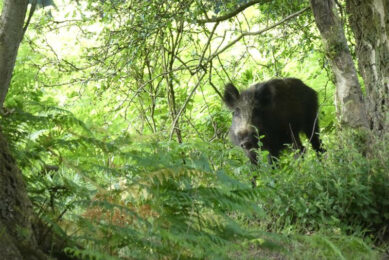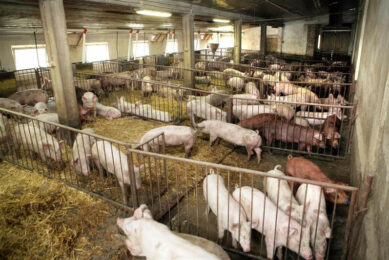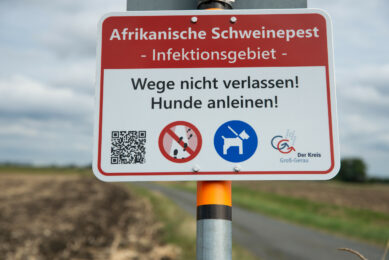ASF Europe: 3,000 cases in pigs since May 2023

British reports have shown that in the 7 months since May 2023, 2,920 cases of African Swine Fever (ASF) were reported in domestic pigs in Europe. In wild boar, the number of known cases in the same period came to 3,600.
Those figures were assembled by the British Department for the Environment, Food and Rural Affairs (Defra) in a regular overview of the ASF situation based on information from the World Organization for Animal Health (WOAH).
The highest monthly number was in August with 902 cases in domestic pigs reported. July, September and October also saw relatively high numbers. ASF is still spreading rapidly in Central Europe and especially in the nations which formerly belonged to Yugoslavia. By far the most cases are in small Bosnia-Herzegovina with 1,510 cases reported in domestic pigs on professional pig farms and other premises. Bosnia-Herzegovina counts for just over half of all reported cases in Europe, the figures showed. However, the number of reported cases in wild boar in that country only comes to 28.
ASF in Serbia, Romania and Croatia
Second on the list, be it at a far lower level, is neighbouring Serbia which reported 482 cases in domestic pigs. Romania, a must larger country and one of the most important pig producers in Europe, had 468 cases. Croatia, another small country neighbouring Bosnia-Herzegovina, counted for 293 cases. All other countries on the list only had a few dozen or even less reported new cases of ASF.
Italy
Although Italy had only 16 cases in the reported period, the number of outbreaks is steadily increasing in that country too. Since Defra’s last assessment, further ASF outbreaks have been confirmed on 10 pig farms, 9 in Lombardy and 1 in Sardinia. Those date back to August and September 2023. The farms contained between 1 and 130 pigs. There were also 369 cases of ASF in wild boar reported in Italy.
Poland
As for wild boar, by far the highest reported number comes from Poland with 1,565 infected animals. Italy comes second with 736 infected wild boar while the tiny Baltic state of Latvia reported 614 infected wild boar. Hungary had 208 known infected wild boar while all other countries only have numbers in the low dozens. However, both Sweden and Central-European Montenegro reported the first discovery of wild boar while the number of known infected animals in Germany is risen to 145.
More ASF in Europe in summer and autumn
Increases in outbreaks of ASF in domestic pigs have previously occurred across Europe over summer months and in to autumn, with reports in wild boar being more variable but with a general increase observed in the winter months, Defra said.
Transmission routes
Transmission routes that may be contributing to the seasonal increases include human related activities such as wearing contaminated clothing, using contaminated hunting tools, or wrongful disposal of infected meat, and increased opportunities for contact with wild boar, especially during harvesting periods where leftover grain near farms may be attractive for wild boar, and the population dynamics of wild boar, particularly when they come together more in the breeding season.











